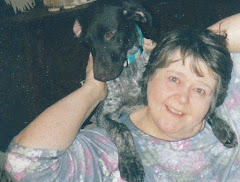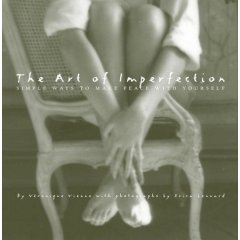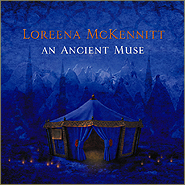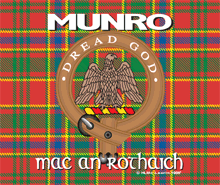**********
"NORWEGIAN COOKIES ARE MADE
WITH BUTTER AND LOVE"
(Norwegian Proverb)
**********
For our book club Christmas party, we decided to have an afternoon tea/coffee and bring desserts. A number of the desserts turned out to be Scandinavian cookies, which was fitting since at least half of us are Norwegian and/or Swedish.
The hostess made absolutely wonderful frosted sugar cookies in the shape of the Dala horse, which is a symbol of Sweden. I brought my Dala horse home uneaten specifically to scan it (and then I enjoyed it, very much.) I learned from allrecipes.com that baking is a fine art year-round in Scandinavia, "But come late November, most kitchens see a flurry of flour, sugar, spices, almonds, butter, and eggs when serious Christmas baking begins.
"Danish and Norwegian home cooks bake at least seven different kinds of cookies--a carryover from the 19th century when the number reflected a family's wealth and status. The buttery treats are packed away in tins awaiting the first Sunday of Advent and the official start of holiday entertaining. That's when Scandinavians especially love the ritual of gathering around the living room coffee table to enjoy after-dinner coffee and a dazzling array of cookies." (My friends and I were right in synch then, as our party was this past Sunday, the first Sunday in Advent.)
"Recipes for Scandinavian Christmas cookies are handed down from generation to generation, often orally. Recipes might vary between families and location, but timeless favorites exist, even overlapping national borders. Among the most popular cookies:
Pepparkakor, crisp, very thin gingersnaps from Sweden, traditionally cut out in heart and flower shapes.
Pebber Nodder (Pepper Nuts) from Denmark and Peppernotter (Pepper Nuts) from Sweden, are the oldest Christmas cookie in Scandinavia and Europe, dating to medieval times when spices were used exclusively for holiday baking.
Fattigmann (Poor Man), from Norway, also dates to the Middle Ages, and, along with rosettes, is typical of traditional cookies deep-fried in unsalted fat.
Krumkake, Vaffler, and Goro from Norway date to the 1700s. They were originally made over open fires using decorative irons, but modern cooks use electric or stovetop irons to bake paper-thin wafers imprinted with delicate filigree patterns. Krumkake, wrapped around a wooden cone, are named for the buttery crumbles left in your hand when you take a first bite.
Pepparkakorhus, the traditional gingerbread house, often a family project, is a centerpiece on many Christmas tables.
Aebleskiver, plump doughnut-like round balls are a favorite in Denmark served when friends and family go visiting between Christmas and New Year's.
My mother and grandmother did not make Scandinavian cookies because they were so readily available in Crosby during the holidays, and I don't bake them. Most of them require special tools. In Bismarck, no one makes them, so I usually miss out.
 I have not tried all of the Norwegian Christmas cookies listed in allrecipes.com, but here a few of my favorites: Above: Sandbakkels, or Sand Tarts. These are baked in special little tins. They are pictured here with fruit, but we used to eat them plain.
I have not tried all of the Norwegian Christmas cookies listed in allrecipes.com, but here a few of my favorites: Above: Sandbakkels, or Sand Tarts. These are baked in special little tins. They are pictured here with fruit, but we used to eat them plain. Above, Pepparkakor. My favorites are the heart-shaped cookies. No need to bake these as they can be purchased in collectible tins (different every year) at Scandinavian shops (see below).
Above, Pepparkakor. My favorites are the heart-shaped cookies. No need to bake these as they can be purchased in collectible tins (different every year) at Scandinavian shops (see below).
Below: Rosettes, shown here with powdered sugar, but they can also be eaten plain. These are made by dipping a rosette iron into batter and then deep frying.

Below: Krumkake. These are baked on a special krumkake griddle (see illustration at the top of the post) and then rolled on a cone while still pliable. They can be eaten with whipped cream and sprinkles, or plain.

Below: the Dala Horse!

Below: Fattigmann, made with triangles of dough. A slit is cut into the dough near the base of the triangle and the tip of the triangle is pulled through to the other side, then the dough is deep fried. (You can tell why I like Scandinavian cookies.)
Some other Norwegian cookies not shown here are Sprits (or Spritz) and Berlinerkranser or Christmas Wreath cookies. Recipes for all of these can be found just by googling Norwegian Christmas cookies.
































